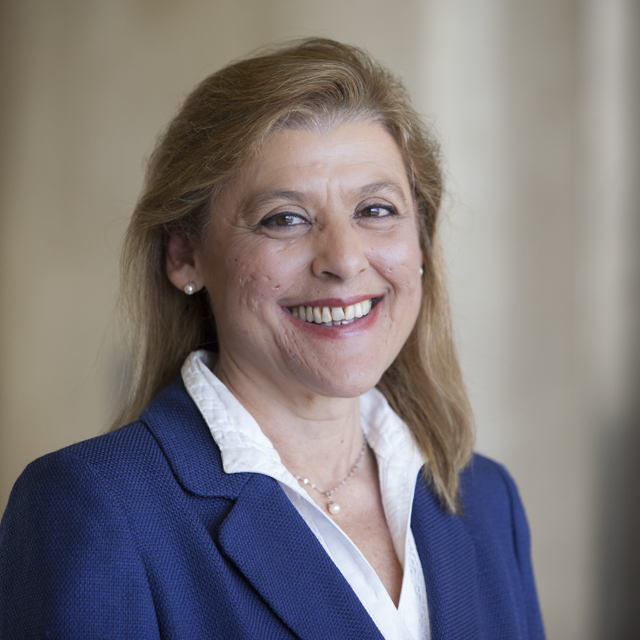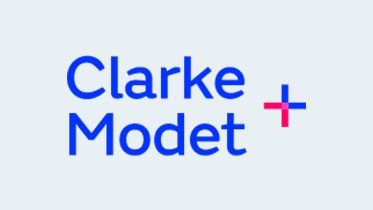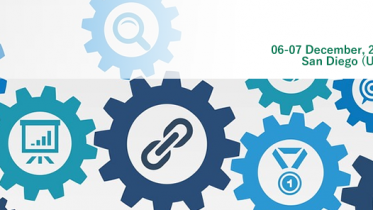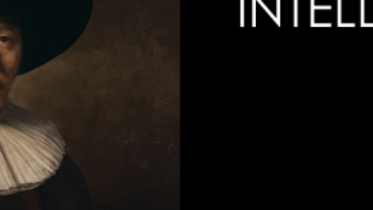“Intellectual Property is a fundamental element for the development of the economy”
- 10 April 2014
- Articles
Interview with Julián Cabrera, Director of the Corporate-sponsored Professorship (Chair University-Company) of the Universidad Politécnica de Madrid – Clarke, Modet & C º, highlights the close collaboration between both parties to promote the transfer of knowledge to Society.
1. You are the Director of the RRTO [1], in other words, of the Research Results Transfer Office. What is the role of the RRTO within the mission of universities as regards research and transfer?
The Research Results Transfer Office of any university and, more so in a polytechnic university, can play a fundamental role, especially as regards the task of transferring the results of the research from the university to society at large. The RRTO at the UPM [2] deals with all phases necessary for transfer to take place:
Help for the identification of protectable results
Advice to the researcher and management of the protection process
Early guidance towards commercialization
2. Innovation, Intellectual Property and University Education are three closely related concepts within the Clarke, Modet & Cº Chair at the UPM. How important and strong is this union between the two, from the point of view of an educational professional?
I think that you are referring to the relationship established by the chair. This chair has made it possible to establish and strengthen the relationship between both, favoring a solid climate of trust in all areas of our current collaboration. Moreover, to have a partner like Clarke, Modet & Cº, a leader in matters of Industrial and Intellectual Property, makes it much easier to carry out the activities of the Chair.
3. What led you to sign the training agreement with Clarke, Modet & Cº?
When I arrived at the Vice-Rectorate for research, the chair was already underway but, I imagine, that the main reasons were to have a partnership framework which would make it possible to promote training programs related to the transfer of technology and intellectual property to provide effective protection of the knowledge generated by teaching staff and researchers.
4. What benefits do Universities obtain from this type of collaboration?
The collaboration framework established for university-business chairs in the Polytechnic University of Madrid has been conceived to establish stable medium term relationships with companies, making it possible to develop activities of common interest to all parties, beyond what would be a specific agreement for the realization of one particular project.
Notably, these chairs can give support to training activities, grants, prizes, diffusion, promotion of research, etc., which are beneficial, not only to the university, but also to the companies. In this sense, it should not be forgotten that the activities of the chair are defined by consensus of the joint management committee.
5. Do you think that collaboration agreements, like this Chair, increase motivation amongst university students to carry out better studies, theses, projects, etc.?
From the moment it is possible to award grants and prizes for student activities there is no doubt about motivation. Moreover, those students who take part in the activities of the chairs know that this can be a good opportunity to make themselves known amongst the companies which could be their future employers.
6. Another academic year starts and new first year students occupy their places… Are there, in your experience, specific characteristics which define the present day entrepreneur?
I wouldn’t dare to give a recipe for that, given that, apart from anything else, during their education the students undergo a notable transformation as regards the abilities they acquire (if all goes well, of course). But what I do believe is that, amongst other characteristics, it is necessary to have a great capacity to search for and process the enormous amount of information available today, as well as having a predisposition for innovation, seeking to improve the existing elements and processes.
7. Apart from the entrepreneur, we have the figure of the researcher. Could you please tell us what is the difference between one and the other?
The first thing I would like to say is that one profile does not exclude the other. In my opinion the researcher is characterized by his/her curiosity which leads him/her to address challenges in his/her area of knowledge and the innate creativity necessary to propose new solutions. One of the problems which sometimes arise is that the results are still far from being transferable to society at large as services or products and, in general, the researcher is not especially interested in these tasks. However, the transfer of the research is enormously favored if the research profile is complemented by that of the entrepreneur.
8. One of your students has completed a doctoral thesis which you consider to be excellent, with distinction. Do you immediately think registering it?
One of the activities that the UPM RRTO has been giving impulse to for years and, now, also being carried out through the UPM-Clarke & Modet Chair, is precisely that of transmitting to the researchers that they should take into consideration the process for the protection of the results from the first moment that research is begun. Therefore, if the research work has produced results susceptible to being protected, they will very likely have already been adequately protected before the thesis is presented.
9. Once a university degree has been obtained which of them generate the most registrations of doctoral theses? Or would it be better to talk about areas in order to be more precise?
It would be better to talk about areas. Here you have a chart showing the 2013 results as regards patents which will probably give you a better idea.
As you can see Energy and environment has been the most active, followed by Electronics, Construction technology and materials and Industrial technology and production. These would be followed by the areas of ICT and Medicine, biology and biotechnology and, closing the group, we have transport related technologies.
10. The Chair not only organizes sessions and talks but also awards prizes, such as that for the Doctoral Thesis. What are the requirements for participating and what prize does the winner receive?
The Prize is aimed at authors of doctoral theses that have been read and defended during the period running from the 1st January 2011 and the 31st December 2013, at different Universities, both public and private, in Spanish and Portuguese speaking countries.
The most valued will be those that, beyond their technical nature or not and, independently of their field of technology, stand out for the adequate management of their protection through Property figures and their exploitation and successful transfer onto the market.
The prize will consist of 2,000 Euros in cash and work in services involving Industrial and Intellectual Property and assistance for the promotion and diffusion of development, valued at another 2,000 €.
11. What does Intellectual Property mean to you? What advantages does commitment to innovation and development have for the current economy?
In a globalized world, Intellectual Property is a fundamental element for the development of economic activity. Commitment to innovation and development is fundamental to get a foothold in such a competitive environment and to offer differentiated products and services with an added value. In this sense, Industrial and Intellectual Property is also essential to protect this so necessary activity.
12. How does a University promote Industrial and Intellectual Property?
In the case of the UPM, the principal actor is the Research Results Transfer Office belonging to the Vice-Rectorate for Research. The RRTO deals with the different phases of the protection process: advice to the researchers, identification of protectable technologies and development, management of the processes of protection, transfer and commercialization.
13. Dr. Mónica Alandete-Saez, Director of Analysis & Outreach at PIPRA, took part as a speaker last December in one of the talks/debates organized by the chair. She spoke about Technology Transfer, one of her specialities. Given that her activity is mainly based in the USA and you work in Spain, what conclusions did you reach from her intervention? Do you think that culture is definitive for investing in transfer?
Dr. Mónica Alandete-Saez spoke about the activities carried out by PIPRA at the University of California, Davis. Two aspects attracted my attention: on the one hand, the resources they had at their disposal to manage the transfer process and, on the other, the large number of companies in the sector which had been created and established in California and the relationship developed between PIPRA and them. In this sense, I see that we still have a long way to go, both as regards the improvement of the structures for the management of IIP in universities and the development of Spanish business sectors that are decidedly committed to innovation.
And, of course, I totally agree that the culture of entrepreneurship implies greater investment in transfer.
[1] OTRI, Oficina de Transferencia de los Resultados de la Investigación[2] Polytechnic University of Madrid – UPM, Universidad Politécnica de Madrid








